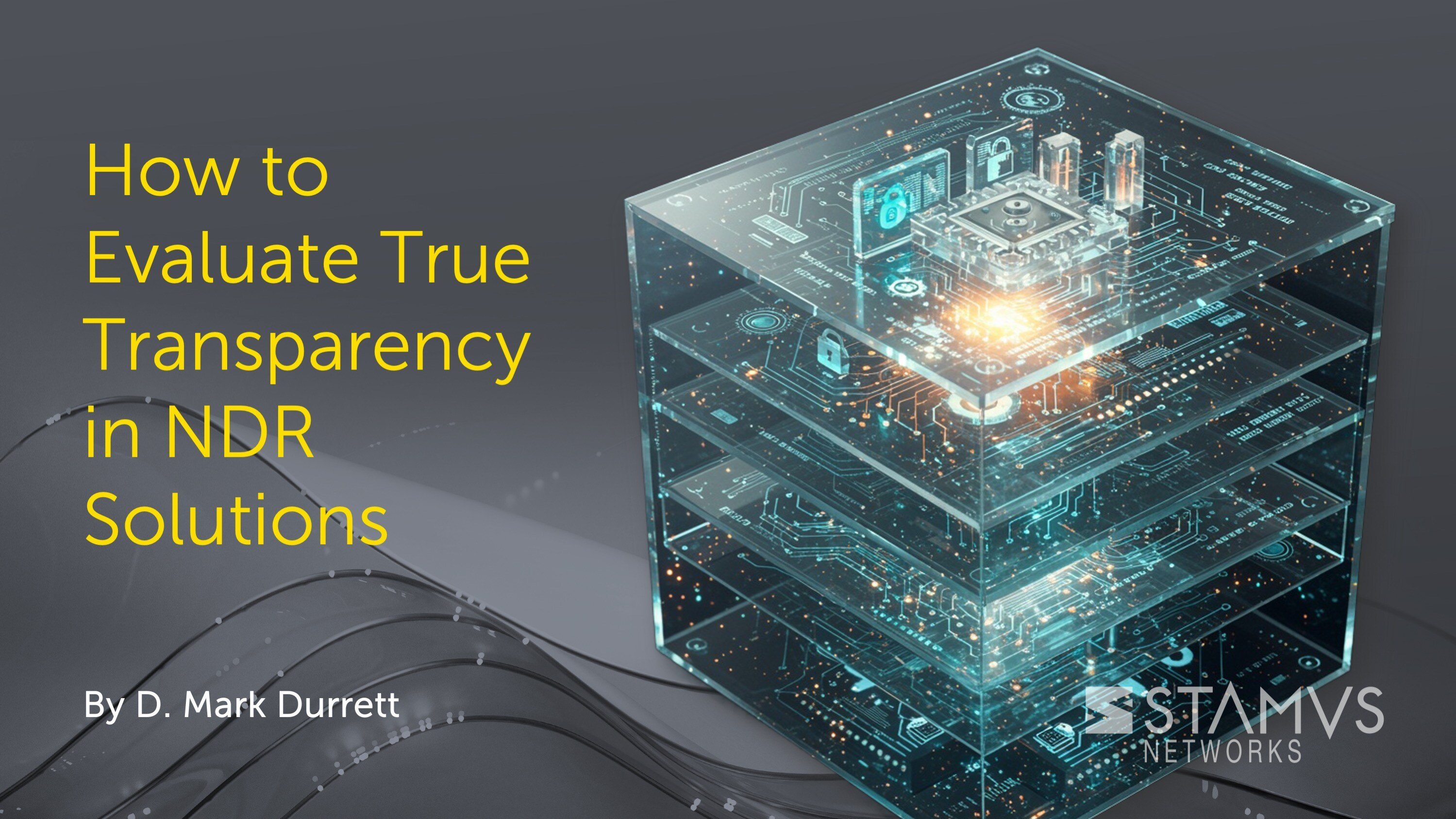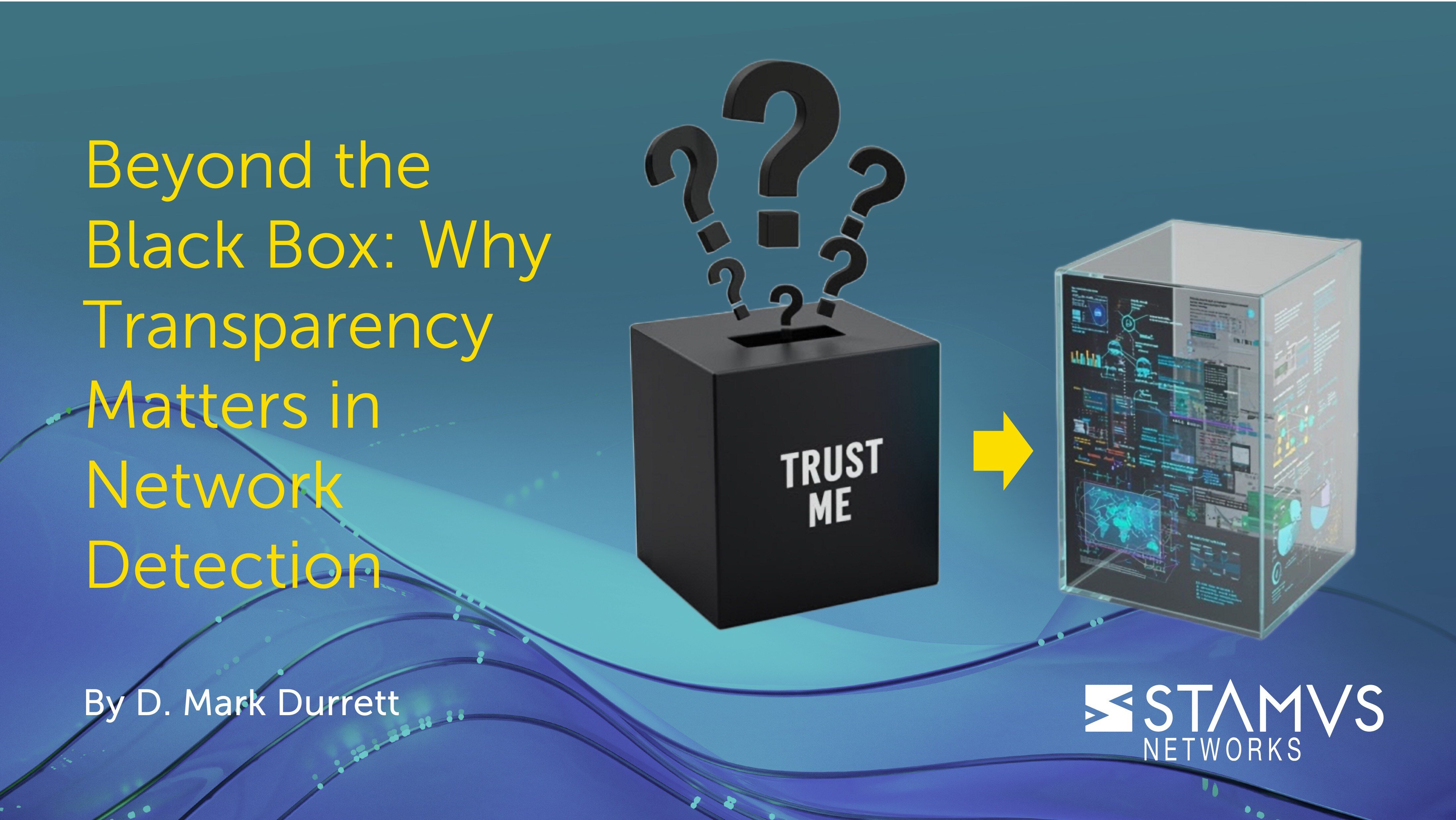Before deciding on whether or not an intrusion detection system (IDS) might be right for your organization, it is important to first consider all the possible benefits of using a network intrusion detection system (NIDS). This blog will highlight the benefits and drawbacks of NIDS solutions and share some of the use cases of NIDS.
What is NIDS?
NIDS stands for Network Intrusion Detection System. It's a security tool that monitors your network traffic for suspicious activity. It does this by performing the following tasks:
- Traffic Monitoring: NIDS continuously monitors all the data packets flowing through your network.
- Analysis: It analyzes each packet for patterns and behaviors that might indicate a security threat. This could include port scans, malware signatures, attempts to gain unauthorized access, and more.
- Alerts: If NIDS detects something suspicious, it will alert the network administrator so they can investigate further.
NIDS is a passive system, meaning it just monitors and detects threats, it doesn't take any action to stop them. That's the job of a Network Intrusion Prevention System (IPS), which works alongside NIDS to actively block malicious traffic.
What are the benefits of NIDS?
Benefits may vary depending on the type of intrusion detection system or the method of detection used by the system. NIDS in particular will provide:
Improved Security Posture:
- Early Threat Detection: NIDS constantly monitors network traffic, allowing it to identify suspicious activity in real time. This enables you to detect potential attacks before they can gain a foothold on your network, significantly improving your overall security posture.
- Identification of Unknown Threats: NIDS can not only detect known threats based on signatures but also analyze traffic patterns to uncover anomalies that might indicate zero-day attacks or other previously unknown threats.
Enhanced Network Visibility:
- Comprehensive Monitoring: NIDS provides a holistic view of all network activity, giving you a deeper understanding of how your network is being used. This allows you to identify potential vulnerabilities and weaknesses in your network security.
- Detection of Internal Threats: NIDS can detect not just external attacks but also suspicious activity originating from within your network. This can help identify insider threats or compromised devices.
Faster Response Times:
- Real-Time Alerts: When NIDS detects suspicious activity, it generates immediate alerts, allowing you to react quickly and take necessary steps to mitigate the threat. This can minimize the potential damage caused by an attack.
- Improved Incident Response: The detailed information provided by NIDS alerts, such as the source and nature of the suspicious activity, can streamline your incident response process.
Additional Advantages:
- Compliance with Regulations: Many industries have regulations that require organizations to monitor their network traffic for security threats. NIDS can help you meet these compliance requirements.
- Security Efficiency: By proactively detecting threats, NIDS can help you avoid costly security breaches and downtime.
What is the drawback of using NIDS?
There are several possible challenges associated with the use of NIDS, including:
False Positives and False Negatives:
- False positives occur when the system mistakenly flags normal activity as suspicious, wasting time and resources for security personnel investigating these non-threats.
- False negatives happen when the NIDS fails to detect actual malicious activity, potentially leaving your system vulnerable. Factors like outdated signatures, misconfigured rules, or novel attack techniques can contribute to both issues.
Limited Visibility:
- Network-based IDS (NIDS) primarily focus on network traffic analysis and might miss threats that don't involve network activity. Additionally, encrypted traffic can be difficult for NIDS to analyze, potentially allowing malicious activity to slip through undetected. Host-based IDS (HIDS) can provide better visibility into individual devices, but they can't offer a holistic view of the entire network.
Resource Consumption:
- Running NIDS can consume significant computing resources, depending on the type of system, volume of network traffic, or system activity it needs to analyze. This can be a concern for organizations with limited resources.
Evolving Threats:
- Cybersecurity threats are constantly evolving, and attackers are always developing new techniques to bypass detection methods. NIDS relies on signatures or baselines to identify threats, and they may struggle to detect novel attacks that haven't been defined yet. Keeping NIDS signatures and configurations up-to-date is critical for maintaining effectiveness.
Alert Fatigue:
- A constant stream of NIDS alerts, even if some are false positives, can overwhelm security personnel. This can lead to alert fatigue, where they become desensitized to alerts and miss important ones.
Insider Threats:
- NIDS is primarily focused on detecting external threats and may not be effective in identifying malicious activity by authorized users within the network (insider threats). These threats require additional security measures like user activity monitoring and access controls.
Additional Considerations:
- Complexity: Configuring and managing NIDS can be complex, requiring specialized knowledge and skills.
- Cost: Depending on the chosen solution, licensing and maintenance costs for NIDS can be significant.
- Performance Impact: In some cases, NIDS can introduce latency or slow down network performance, especially with resource-intensive configurations.
What is the need for NIDS?
There are several compelling reasons why network intrusion detection system software is essential for robust network security. Here are some of the key benefits:
- Early Warning System: NIDS constantly monitors your network traffic for suspicious activity. This allows you to detect potential attacks before they can infiltrate your systems and cause damage. Early detection is crucial for mitigating the impact of cyberattacks.
- Improved Visibility: NIDS offers a comprehensive view of your network activity. Think of it like having a detailed map that shows everything flowing through your network. This enhanced visibility helps you identify weaknesses in your security posture and potential vulnerabilities that attackers might exploit.
- Internal Threat Detection: NIDS isn't just about external threats. It can also detect suspicious activity originating from within your network. This can help uncover insider threats or compromised devices that might be masquerading as legitimate users.
- Faster Response Times: When NIDS detects something suspicious, it triggers immediate alerts. This allows your security team to react quickly and take steps to contain the threat before it can escalate. Faster response times are essential for minimizing damage and preventing a security incident from snowballing.
- Compliance Advantages: Many industries have regulations that mandate organizations to monitor their network traffic for security risks. NIDS can help you comply with these regulations and demonstrate your commitment to data security.
- Cost-Effectiveness: By proactively identifying and addressing threats, NIDS can help you avoid the significant costs associated with security breaches, such as data loss, downtime, and reputational damage.
Explore a modern alternative
You need a network security platform that doesn’t generate an endless stream of useless alerts across part of your network, and instead automatically identifies alerts of interest and notifies you of only serious and imminent threats. Your organization deserves response-ready detection with visibility into your entire network regardless of the environment with easy access to all the contextual evidence you need to stop an attack before it can cause damage. Replace your legacy IDS with a modern network detection and response platform that gives you these features and more.
The Stamus Security Platform™ is a network-based threat detection and response solution that eliminates the challenges of legacy IDS while lowering your response time. Stamus Security Platform harnesses the full potential of your network, bringing state-of-the-art threat detection, automated event triage, and unparalleled visibility to the security team.
Book a demo to see if the Stamus Security Platform is right for your organization.
To learn more about replacing your legacy IDS, check out the following resources:
- A Practical Guide for Migrating from Your Legacy IDS/IPS to a Modern Alternative
- 12 Signs It's Time to Upgrade your Legacy IDS/IPS
- 3 Critical Questions to Answer Before a Legacy IDS/IPS Upgrade
- Weak Attack Signals your Legacy IDS will Miss
To be notified of new blog posts and other news, make sure to subscribe to the Stamus Networks blog, follow us on Twitter, LinkedIn, and Facebook, or join our Discord.






